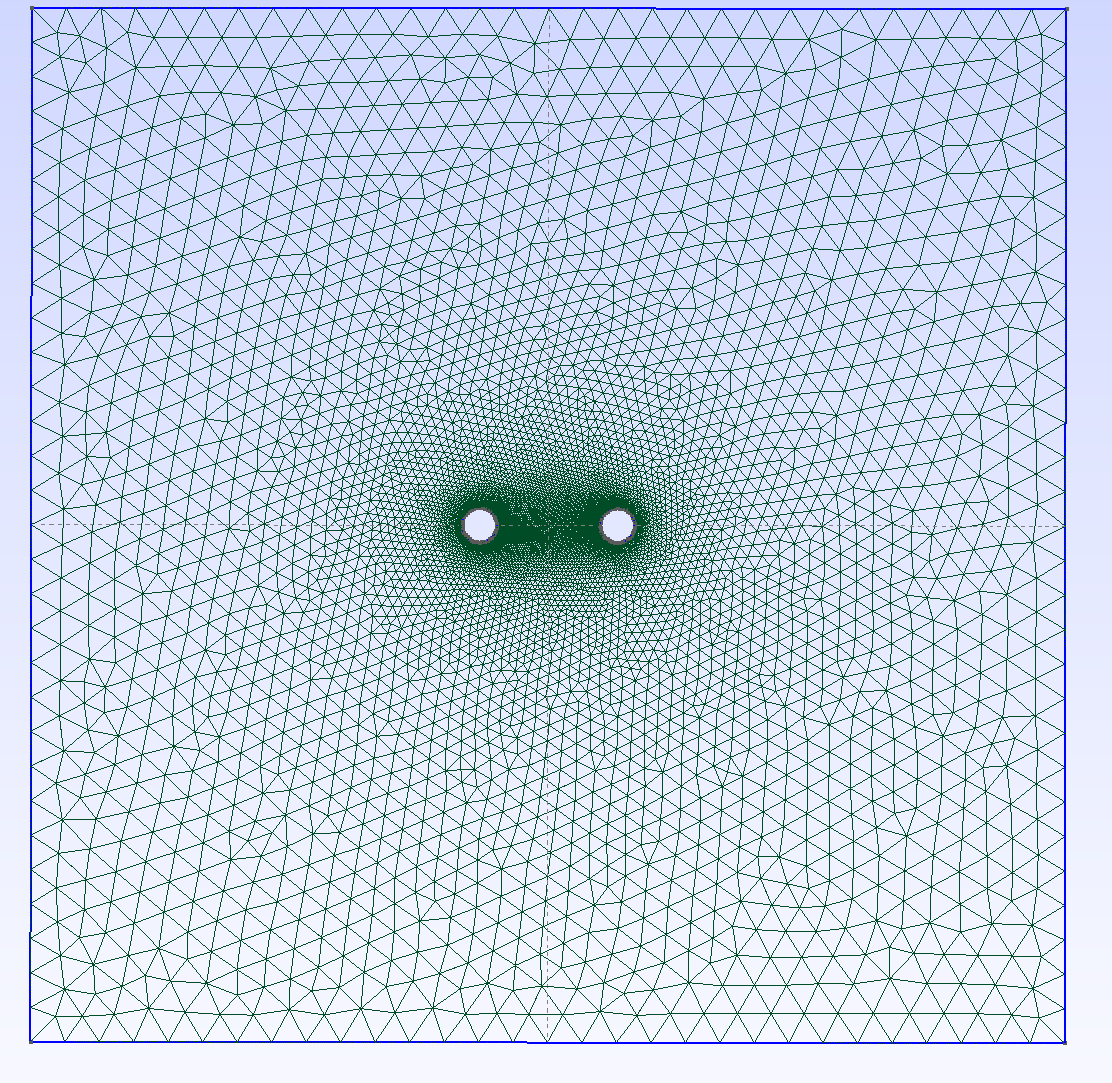

Our numerical modelling shows that all the tested inversion freeware could be effective for relatively larger targets. Both pyres and ResIPy use the same mesh designs and inversion algorithms, but pyres uses scripting language, while ResIPy uses a graphical user interface (GUI) that removes the need for text inputs. BERT and pyGIMLi codes can be easily modified for the intended applications.

In contrast, BERT, pyres, and ResIPy are exclusively designed for geoelectric data inversion. The SimPEG framework is developed to allow the user to explore, experiment with, and iterate over multiple approaches to the inverse problem. A versatile pyGIMLi freeware is highly suitable for various geophysical data inversion. In addition, we examine the recovering ability of pyGIMLi, BERT, ResIPy, and SimPEG freeware through inversion of the same synthetic model forward responses. In this study, we review the structures and applications of openly Python-based inversion packages, such as pyGIMLi (Python Library for Inversion and Modelling in Geophysics), BERT (Boundless Electrical Resistivity Tomography), ResIPy (Resistivity and Induced Polarization with Python), pyres (Python wrapper for electrical resistivity modelling), and SimPEG (Simulation and Parameter Estimation in Geophysics). Freeware algorithms for geoelectrical data inversion have not been widely used in geophysical communities however, different open-source modelling/inversion algorithms were developed in recent years. Geophysical modelling performs to obtain subsurface structures in agreement with measured data.


 0 kommentar(er)
0 kommentar(er)
